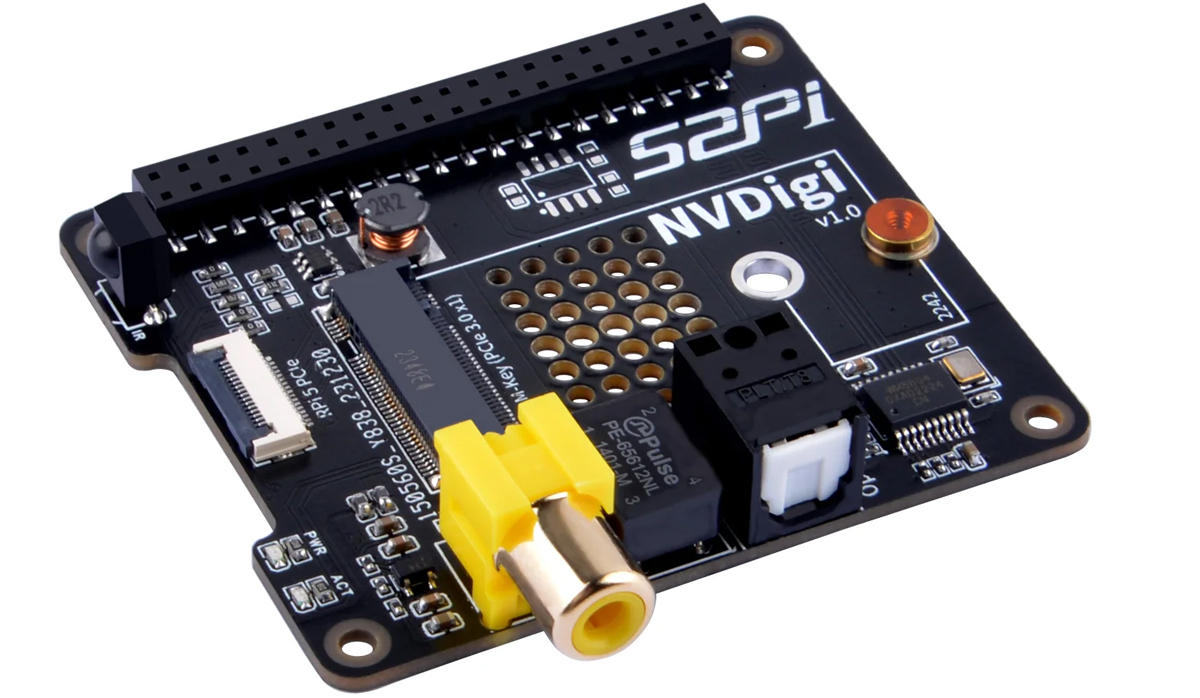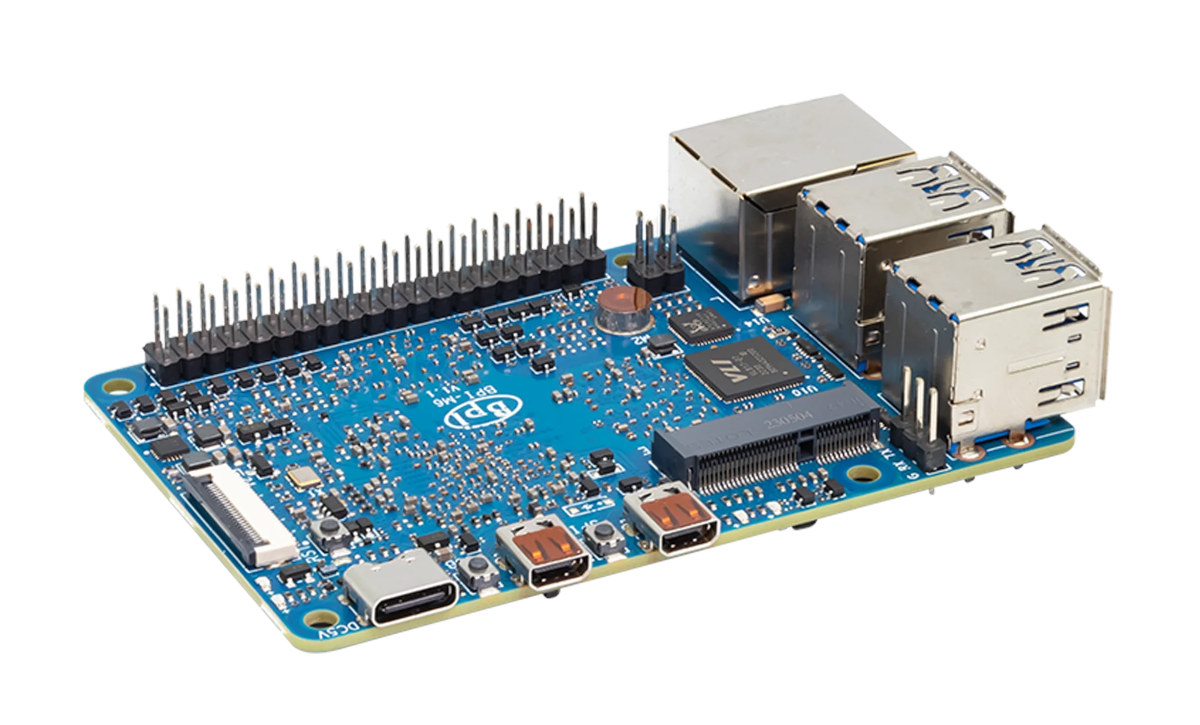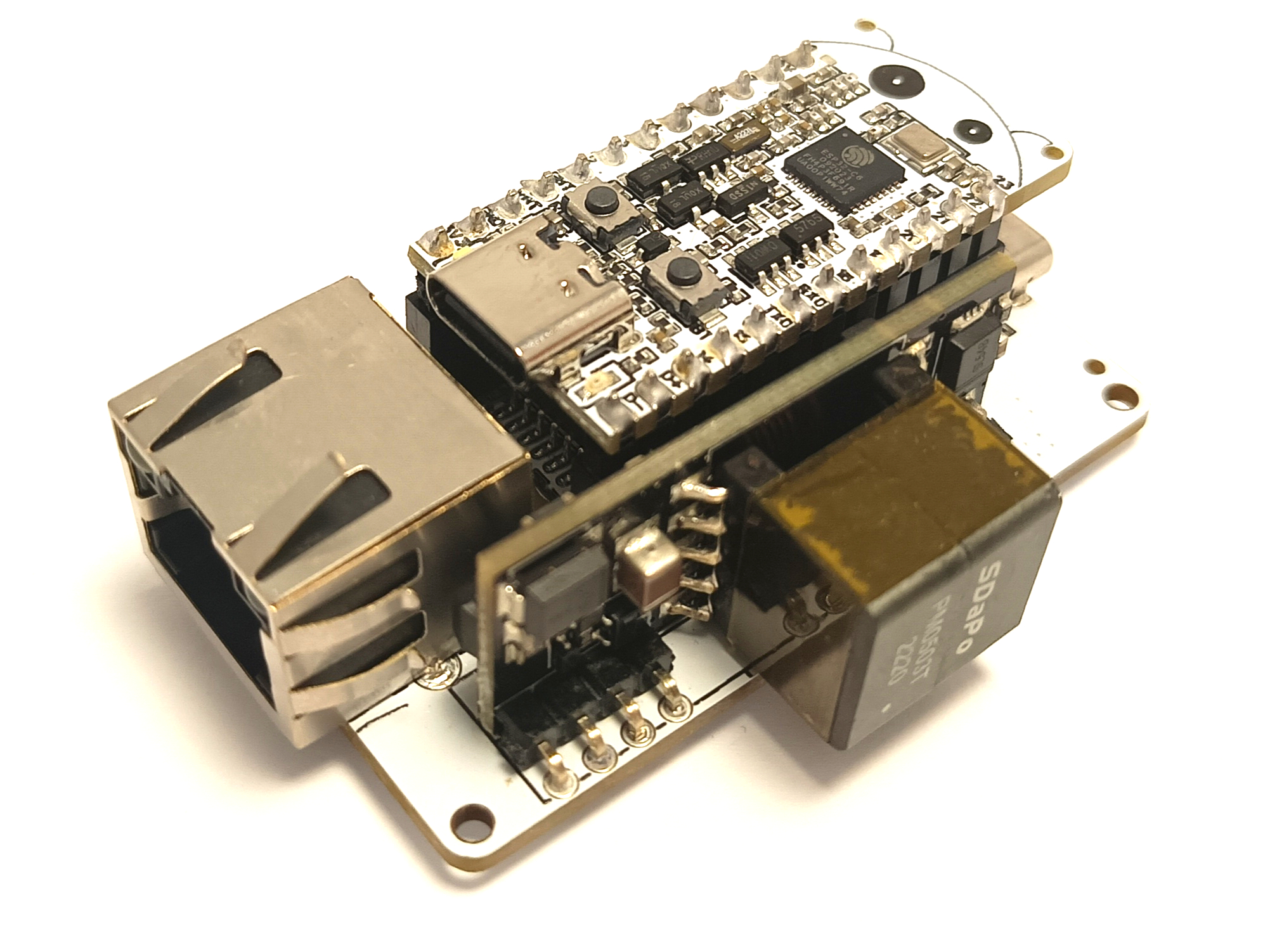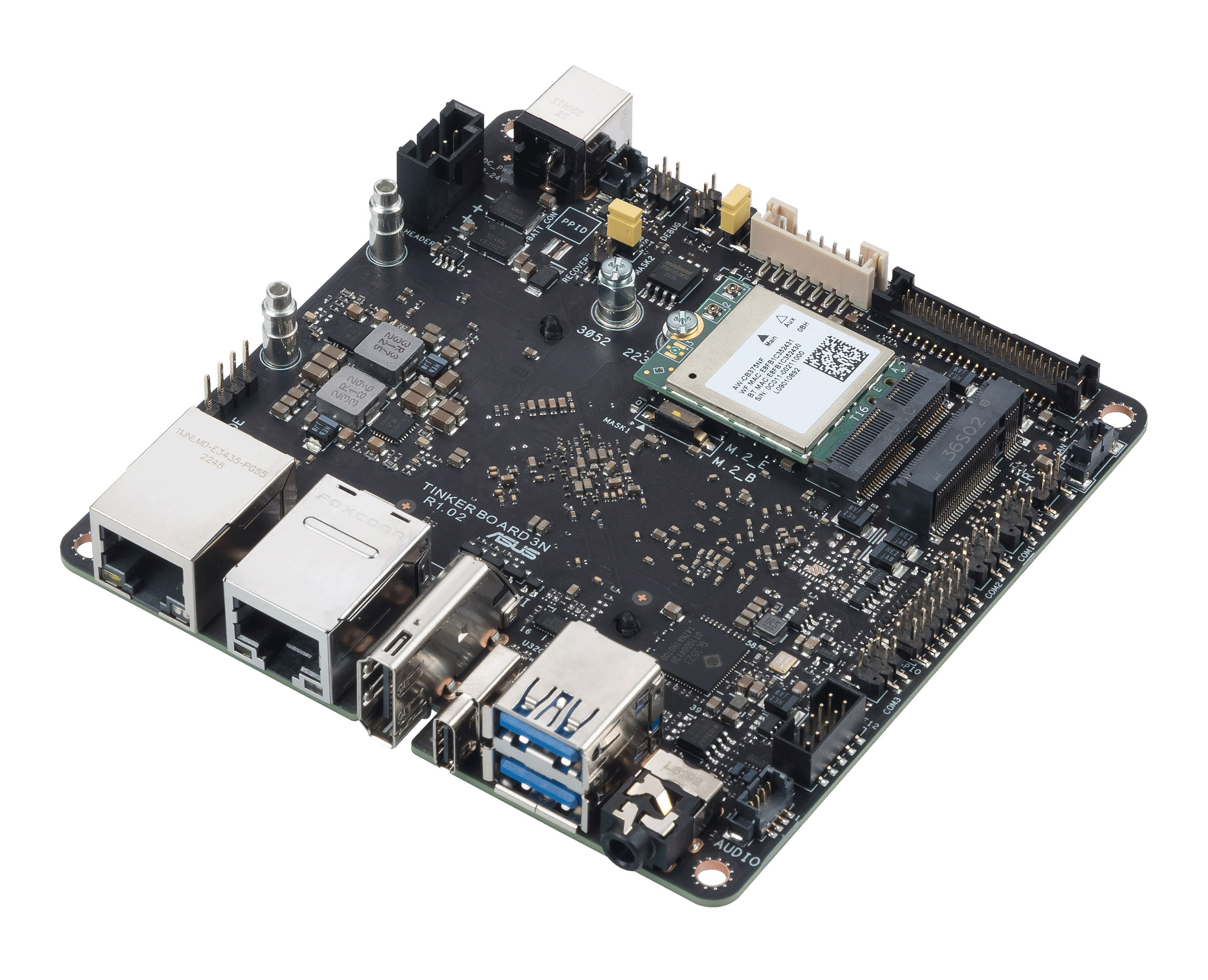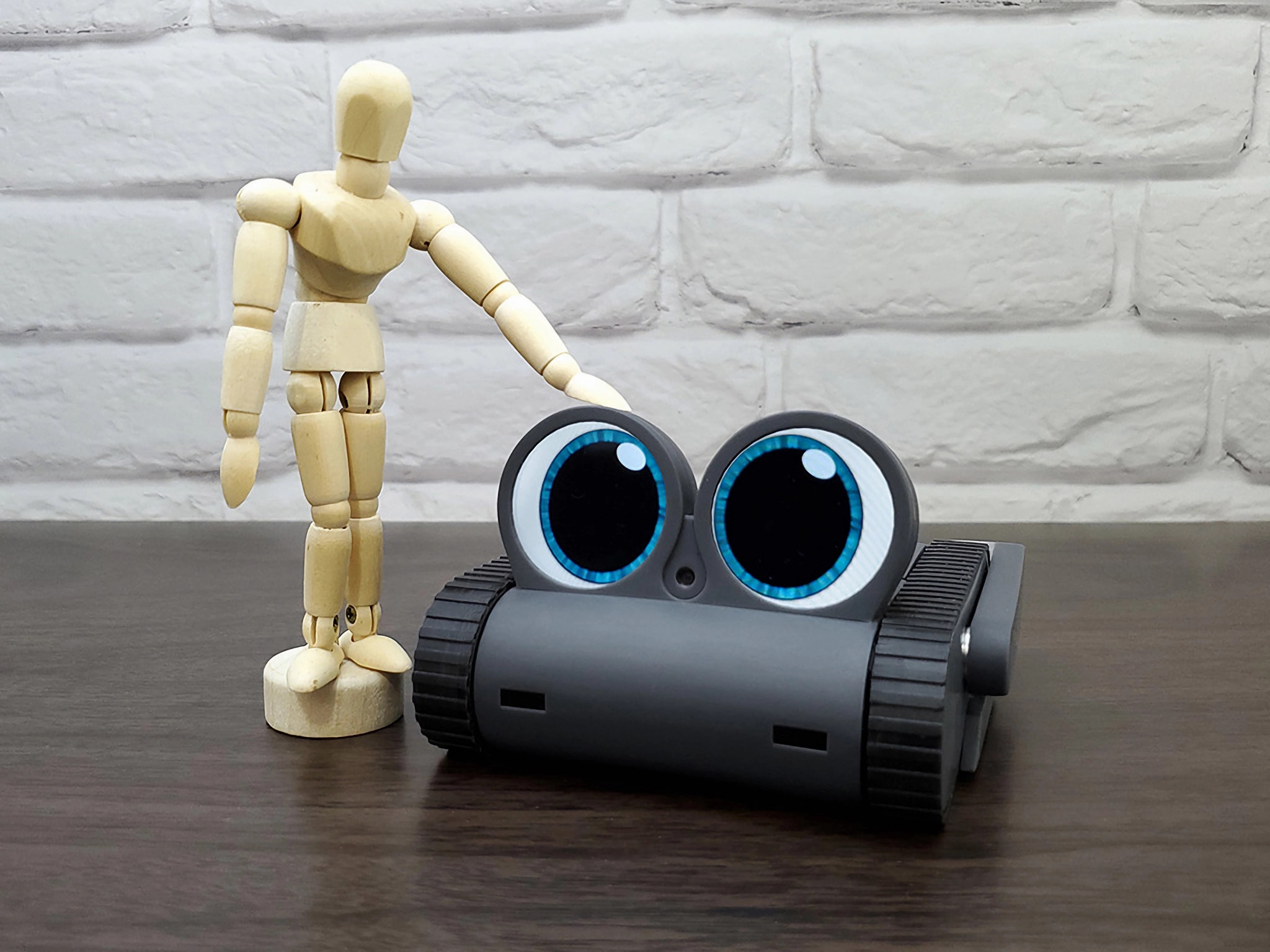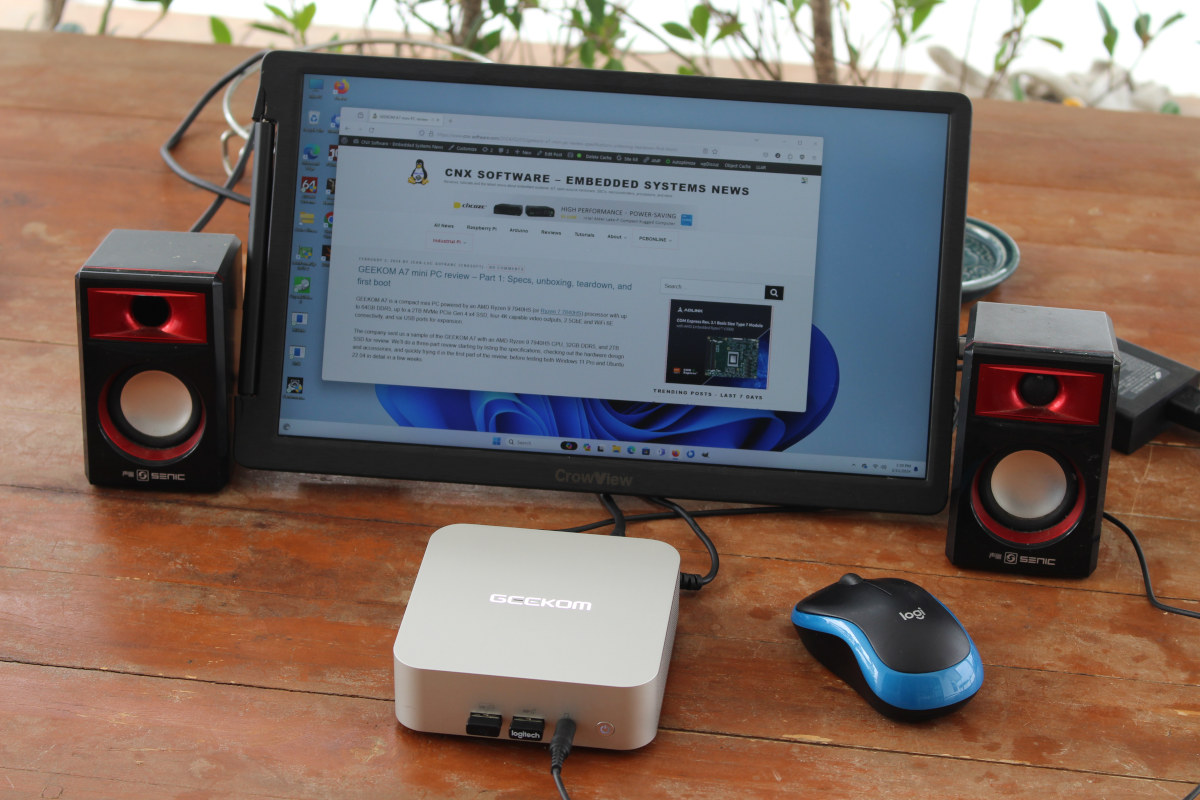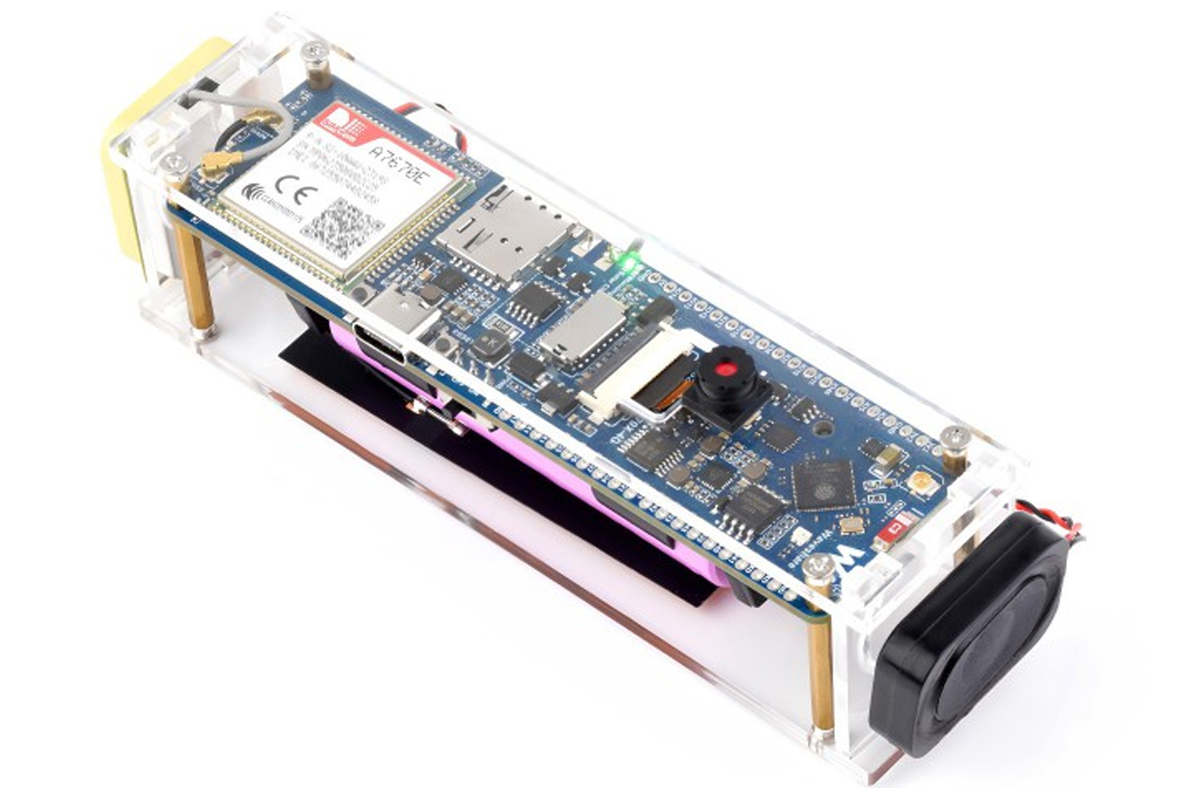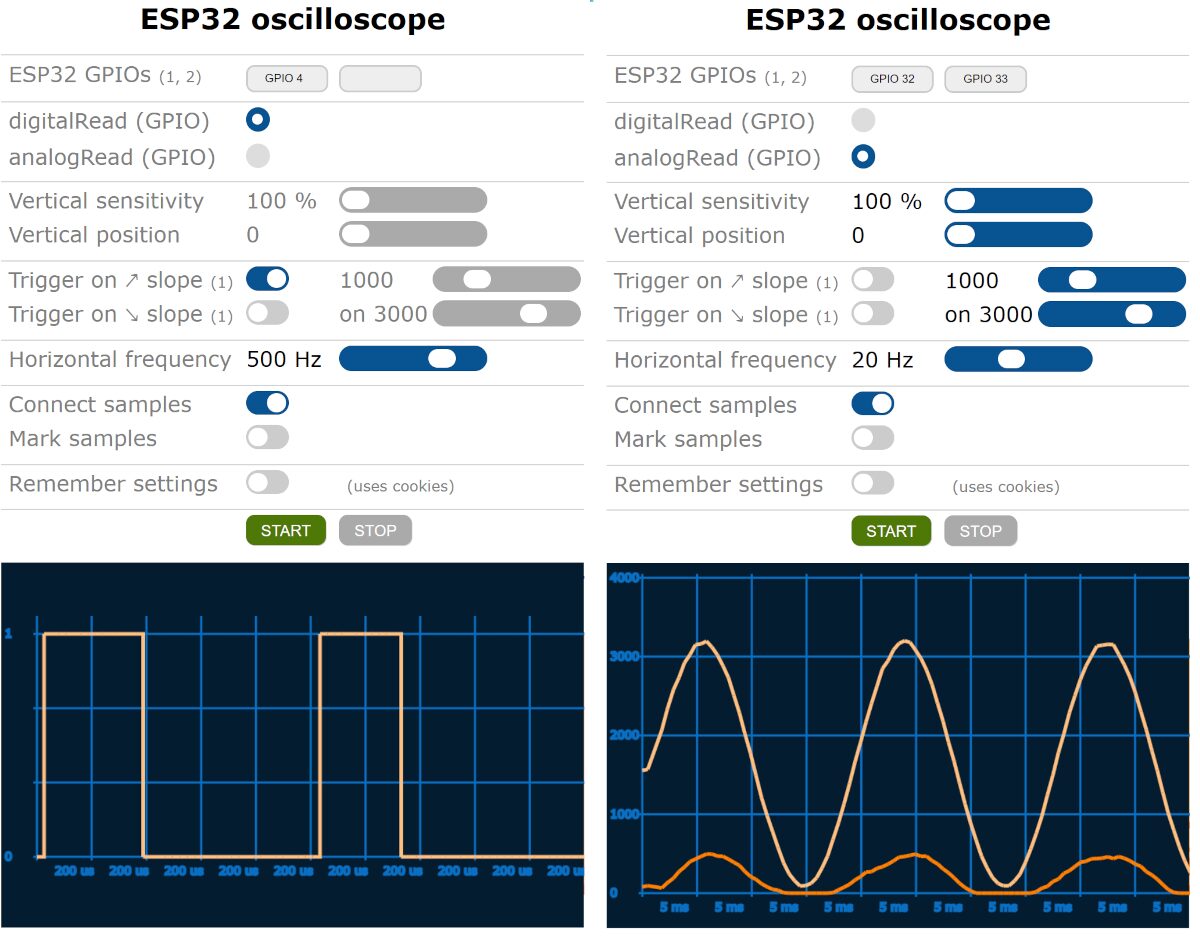The 52Pi NVdigi is another PCIe expansion board for the Raspberry Pi 5 which integrates HiFiBerry Digi+ to provide high-quality S/PDIF output. It also features an M.2 PCIe x1 slot that supports NVMe 2242/2230 SSDs. Furthermore, it offers an optical output (TOSLink) and an RCA output for versatile audio connections. The HiFiBerry Digi+ is a high-quality S/PDIF output for the Raspberry Pi. It uses the I2S sound port that connects directly to the CPU without the need for an additional USB conversion. It supports sample rates up to 192kHz/24bit. 52Pi NVdigi Expansion Board Specification: HiFiBerry Digi+ Integration – Provides high-quality S/PDIF output for Raspberry Pi 5. Direct I2S Connection – Connects directly to the CPU via the I2S sound port for optimal audio. High-Resolution Audio – Supports sample rates up to 192kHz and 24-bit depth for immersive audio. Multiple Audio Outputs – Features both optical (TOSLink) and electrical (RCA) outputs. M.2 […]
Banana Pi BPI-M6 SBC features SenaryTech SN3680 quad-core Cortex-A73 AI processor
Banana Pi BPI-M6 is a credit-card single board computer based on SenaryTech SN3680 SoC comprised of a quad-core Arm Cortex-A73 processor, an Arm Cortex-M3 real-time core, an Imagination GE9920 GPU, and an NPU delivering up to 6.75 TOPS. The board ships with 4GB LPDDR4 RAM and 16GB eMMC flash. Its layout is fairly similar to the one of the Raspberry Pi 4 with four USB ports, Gigabit Ethernet, a 40-pin GPIO header, a USB Type-C port for power, and two micro HDMI ports. However, only one of those is for HDMI output, as the second is for HDMI input, and there’s also an M.2 Key-E socket for expansion. Banana Pi BPI-M6 specifications: SoC – SenaryTech SN3680 (also known as Synaptics VS680) with CPU – Quad-core Arm Cortex-A73 processor up to 2.1GHz MCU – Arm Cortex-M3 real-time security core @ 250MHz GPU – Imagination PowerVR Series9XE GE9920 GPU VPU – 4Kp60 […]
ESP32-C6-Bug WiFi 6, Bluetooth LE, and 802.15.4 board takes a PoE Ethernet shield (Crowdfunding)
We’ve already covered a range of ESP32-C6 boards, but none supporting Ethernet and PoE so far, and the ESP32-C6-Bug board brings that to the table thanks to the Esp32-Bug-Eth shield with a W5500 Ethernet chip, an RJ45 jack and a PoE power module. Like other ESP32-C6 devices, the little board supports Wi-Fi 6, Bluetooth LE 5, as well as Thread and Zigbee through its 802.15.4 radio, but it also integrates some other interesting features such as castellated holes for easy soldering on a carrier board and support for LiPo batteries with built-in battery charging and protection circuits. ESP32-C6-Bug board specifications: SoC – ESP32-C6FH4 MCU cores 32-bit RISC-V core @ 160 MHz 32-bit RISC-V core @ 20 MHz low-power coprocessor can run tasks even when the main system is in deep sleep state Memory – 512 KB SRAM Storage – 4 MB Flash Wireless – WiFi 6, Bluetooth LE 5, and […]
Rockchip RK3568-powered ASUS Tinker Board 3N is now available in three variants
The ASUS Tinker board 3 was first unveiled in April 2023 before being renamed as Tinker Board 3N later that year, and the three variants of the Rockchip RK3568 single board computer (SBC) are now available. The standard configuration is the Tinker Board 3N in the commercial temperature range, while the Tinker Board 3N Plus has the same features, except it can operate in the industrial temperature range (-40°C to 85°C). The Tinker Board 3N Lite is a cost-down version in the same form factor, but with a single gigabit Ethernet port without PoE support, no M.2 B-key socket for an NVMe SSD or 4G/5G cellular connectivity, no 16MB SPI flash, fewer serial interfaces, and no CAN Bus. You’ll find a comparison of the specifications for the three variants in the table below. Note the prices above are from Amazon with a 10% discount when applicable. ASUS provides support for […]
Doly – A cute little autonomous AI-powered robot based on Raspberry Pi CM4 module (Crowdfunding)
Limitbit Doly is a cute little autonomous robot with two continuous tracks, two small arms controlled by servos, two round color displays acting as the eyes, and various sensors, all controlled by a Raspberry Pi CM4 system-on-module. The robot can be used for STEM (Science, Technology, Engineering, and Mathematics) education or as a developer platform. AI workloads can also run on the Raspberry Pi CM4 module taking sensors, camera, and microphone inputs, with the robot interacting with the user through the built-in stereo speaker and two eyes. In practice, that means Doly supports features such as face recognition and smart audio with the robot capable of recognizing its owner and responding to voice commands. Doly specifications: System-on-Module – Raspberry Pi CM4 Lite model CM4101000 (1GB RAM, Wireless) by default, but also supports other CM4/CM Lite modules with wireless Storage – MicroSD card slot Display – 2x high-resolution color displays (the […]
GEEKOM A7 review – Part 2: Windows 11 Pro tested in a compact AMD Ryzen 9 7940HS mini PC
We previously had a look at the hardware of the GEEKOM A7 with an unboxing and a teardown of the powerful AMD Ryzen 9 7940HS mini PC with 32GB DDR5, a 2TB NVMe SSD, four 4K-capable video outputs, and high-speed interfaces such as USB4 and 2.5GbE, as well as WiFi 6E and Bluetooth 5.3 wireless connectivity. We’ve now had time to test it with Windows 11 Pro in detail, so in the second part of the GEEKOM A7 review, we’ll report our experience with the mini PC including a software overview, features testing, various benchmarks, networking and storage performance testing, fan noise, power consumption, and more. Software overview and features testing The System->About window confirms the GEEKOM A7 mini PC is powered by an AMD Ryzen 9 7840HS processor with Radeon 780M graphics with 32GB RAM and runs Windows 11 Pro 23H2 build 22631.2861. That also means we only had […]
Waveshare ESP32-S3 4G dev boards feature LTE Cat-1, 2G, and camera support
Waveshare has recently launched two new ESP32-S3 4G dev boards – the ESP32-S3-SIM7670G-4G and the ESP32-S3-A7670E-4G. These boards support 4G LTE Cat-1, Wi-Fi, Bluetooth, and GNSS, and come with an OV2640 camera, and a battery holder for a 18650 battery. The main difference between the two is that the A7670E module also supports 2G GSM/GPRS/EDGE at 900/1800MHz while the SIM7670G module does not. The board has two rows of I/Os including GPIO, I2C, SPI, ADC, and USB 2.0. It also has a USB-C port for power and programming, a slot for a MicroSD card, and an option to connect an external speaker. There’s a USB switching IC and DIP switch for easily connecting the module to a PC for internet or debugging. Waveshare ESP32-S3 4G Dev Boards Specification: Communication module A7670E 4G – A7670E Cat-1 4G module supporting 4G Cat-1 + 2G networking, GNSS positioning, telephone calls, and SMS. SIM7670G […]
Esp32_oscilloscope Arduino firmware turns your ESP32 board into a web-based oscilloscope
Bojan Jurca’s “Esp32_oscilloscope” is an open-source Arduino sketch that can transform an ESP32 board into a web-based oscilloscope that works over WiFi. We had also written about the Scoppy project to turn the Raspberry Pi Pico W into a 2-channel oscilloscope, but there’s no reason the more powerful ESP32-series microcontroller could not be used for the same purpose, and Bojan’s Esp32_oscilloscope project does just that and works with ESP32, ESP32-S2, ESP32-S3 and ESP32-C3 boards using the I2S interface for fast data sampling. The project was initially designed to demonstrate the multitasking abilities of the ESP32 microcontroller with Arduino, but this evolved into an ESP32 oscilloscope firmware. It works both with output/PWM and input signals, digital (0 or 1) and analog (0 to 4095) signals, and the web interface shows up to 736 samples per screen although the sampling rate may not be completely constant all the time. To install it […]


